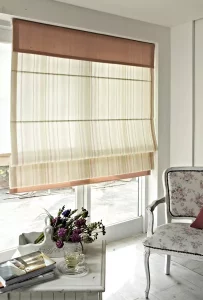When it comes to designing a kitchen, homeowners are constantly seeking innovative solutions that blend style with functionality.
Traditional ceramic tiles have long been the go-to choice for kitchen backsplashes and walls, but there’s a new contender in town: panels. With their versatility, durability, and aesthetic appeal, panels offer a modern twist to kitchen design, providing homeowners with an array of benefits.
Advantages of panels over traditional tiles
Versatility: Unlike traditional tiles, which come in limited sizes and shapes, panels offer a broader range of options. From sleek, seamless designs to textured surfaces, panels can be customized to suit any kitchen style, whether it’s contemporary, rustic, or industrial.
Durability: Panels are typically made from high-quality materials such as acrylic, PVC, or aluminum composite, making them highly durable and resistant to stains, scratches, and moisture. Unlike tiles, which can crack or chip over time, panels maintain their integrity for years to come.
Installation process
Preparation: Before installation, ensure that the surface is clean, dry, and free of any debris. Remove existing tiles or wallpaper and repair any cracks or holes in the wall.
Measurement: Measure the area carefully to determine the number of panels needed. Allow for any cuts or adjustments around corners, outlets, or switches.
Design options
Color and Finish: Panels come in a variety of colors and finishes, allowing homeowners to create a customized look that complements their kitchen décor. Whether you prefer a glossy finish for a modern aesthetic or a matte finish for a more understated look, the options are endless.
Texture: Add visual interest to your kitchen walls with textured panels. From faux brick to wood grain, textured panels can mimic the look and feel of natural materials, adding warmth and dimension to the space.
Maintenance and cleaning
Regular Cleaning: To maintain the beauty of your panels, wipe them down regularly with a soft cloth and mild detergent. Avoid abrasive cleaners or scouring pads, as they can scratch the surface.
Sealing: Unlike traditional tiles, panels do not require sealing. However, it’s essential to ensure that seams are properly sealed to prevent water damage and mold growth.
In conclusion, panels offer a modern alternative to traditional kitchen tiles, providing homeowners with a range of benefits, including versatility, durability, and aesthetic appeal. Whether you’re renovating your kitchen or simply looking to update your backsplash, consider incorporating panels into your design for a fresh, contemporary look that will stand the test of time.
By embracing panels as a versatile and stylish option for kitchen design, homeowners can elevate the look of their space while enjoying the practical benefits that panels have to offer. From easy installation to effortless maintenance, panels are sure to become a staple in modern kitchens everywhere.




